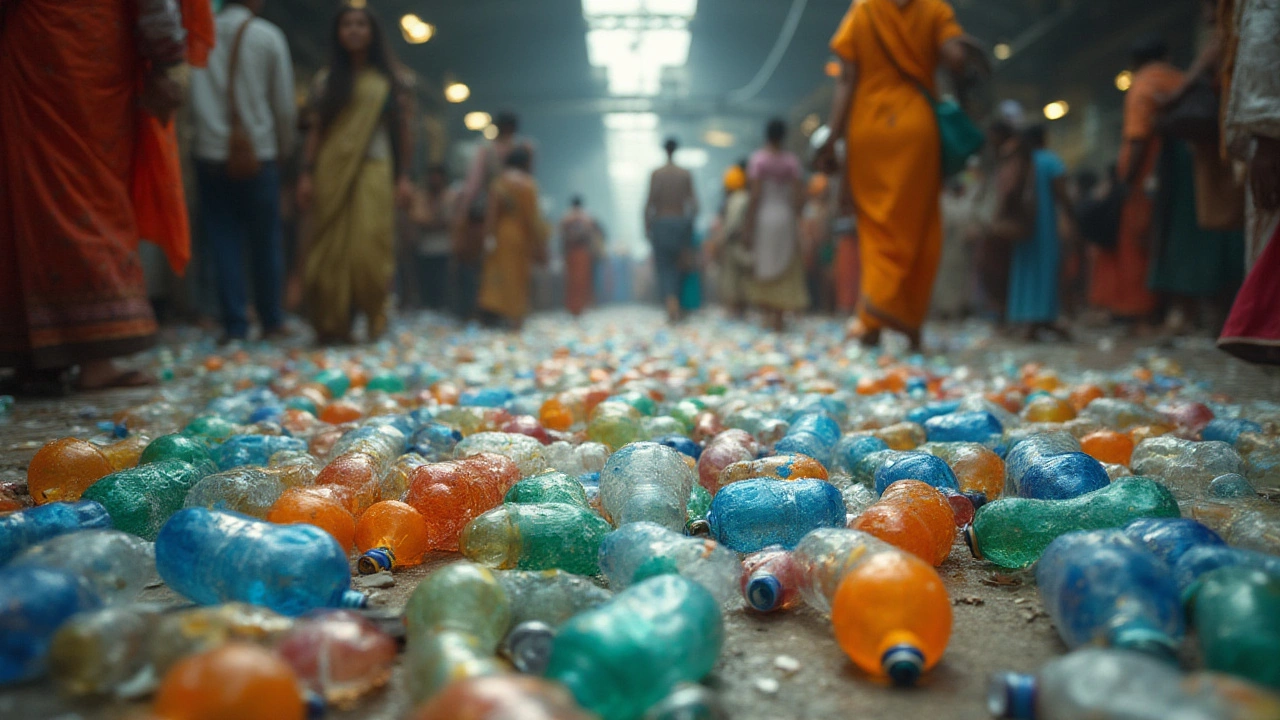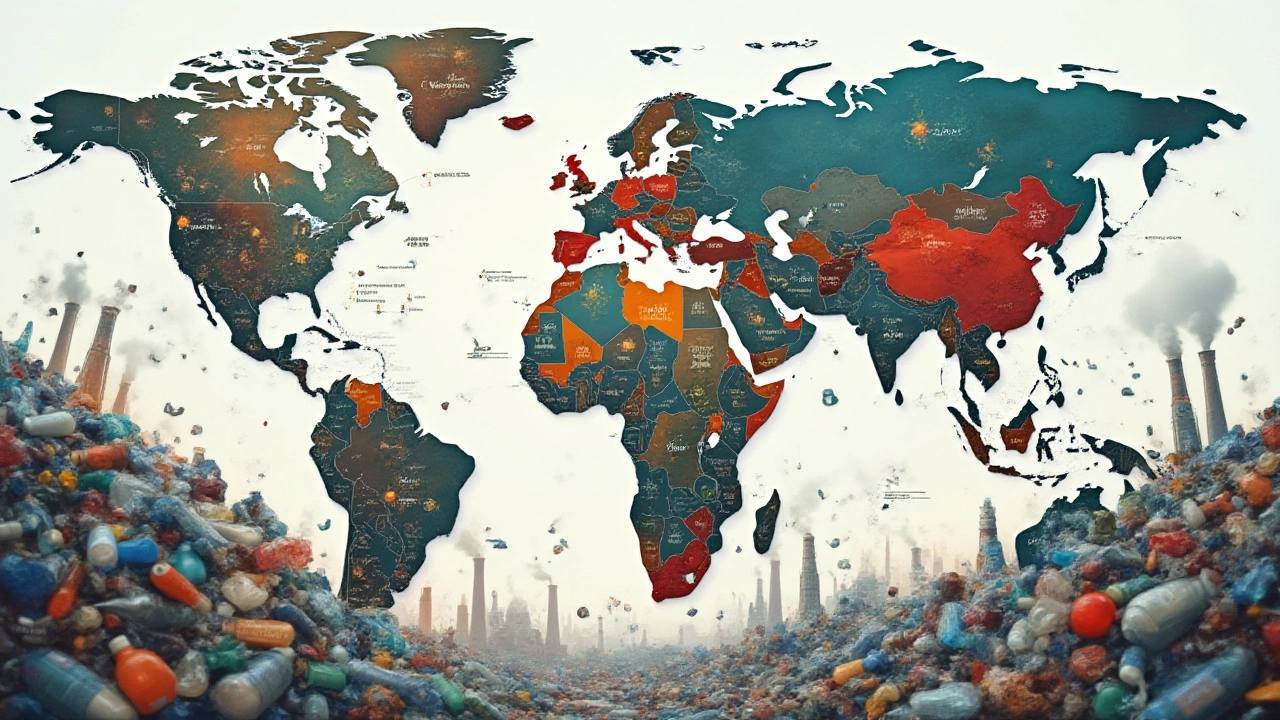Plastic Waste: What’s Really Happening and How You Can Help
Every day we see plastic bottles, bags, and wrappers everywhere. It feels like they’re impossible to get rid of, but the truth is simple: most of that waste ends up in landfills or, worse, in our oceans. The good news? You don’t need a PhD to start cutting down on plastic. A few small changes at home, in the office, or even at the factory can make a big difference.
Why Plastic Waste Still Looks Out of Control
Manufacturers love plastic because it’s cheap, lightweight, and easy to shape. That’s why you’ll find it in everything from food packaging to car parts. The downside is that many of these products are single‑use. Once you toss them, they either sit in a landfill for centuries or break down into micro‑plastics that float into rivers and seas. Studies from 2024 show that single‑use items make up more than 60% of the plastic that reaches the ocean each year.
Another hidden culprit is the lack of consistent recycling infrastructure. Even when you put a bottle in the bin, it often ends up mixed with other waste, making it hard to recycle properly. That’s why you hear the phrase “plastic waste” so often – it’s not just about the trash you see, but the whole system that struggles to turn it into something useful again.
Practical Ways to Cut Down on Plastic Waste
Here are a few actions you can take right now, whether you’re a consumer, a small‑business owner, or part of a larger manufacturing team:
- Swap single‑use for reusable. Keep a refillable water bottle, a set of cloth bags, and a stainless‑steel lunchbox on hand. Each swap saves dozens of plastic items per month.
- Choose packaging wisely. When you shop online, look for sellers that use cardboard or paper instead of bubble wrap. If you’re ordering bulk, ask if they can ship in reusable containers.
- Know your recycling codes. Not all plastics are created equal. Numbers 1 (PET) and 2 (HDPE) recycle well, while numbers 3‑7 often end up in landfills. Separate them correctly to boost recycling rates.
- Support local recycling programs. Attend community clean‑up events or volunteer with NGOs that collect plastic from beaches. Your time helps reduce the amount that slips through the cracks.
- Press manufacturers for change. If you run a factory, consider sourcing recycled polymers or redesigning products for easier disassembly. Small shifts in material choice can lower the overall waste footprint dramatically.
Every step adds up. The biggest impact comes when many people adopt these habits together, creating a ripple effect that pushes manufacturers to rethink plastic use.
Remember, plastic waste isn’t a problem you can solve alone, but you can be the spark that starts change. Start with one habit today, watch the waste shrink, and feel good knowing you’re part of a cleaner future.

What Is the Biggest Single-Use Plastic Product? Surprising Facts & Environmental Impact
Explore the biggest single-use plastic item in the world, its shocking impact on our planet, and practical tips to reduce waste. Don't miss these eye-opening stats.
Read More
Who Produces the Most Plastic Waste? Global Leaders and Shocking Stats
Discover which countries lead in plastic waste production, real numbers on global plastic pollution, industry impacts, and tips for reducing plastic waste.
Read More